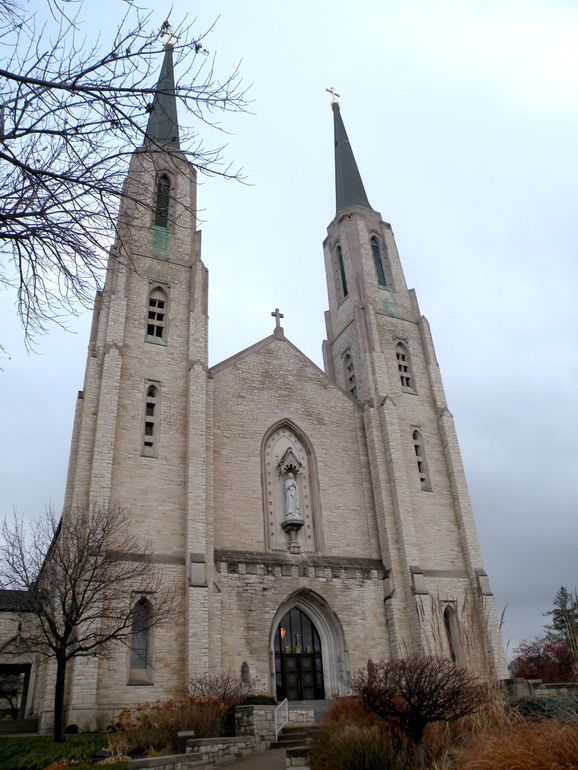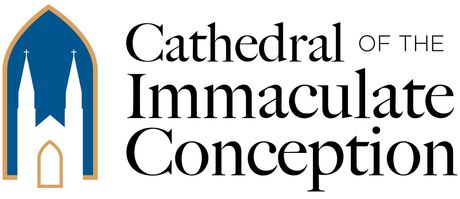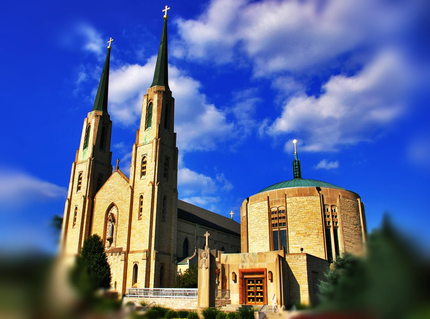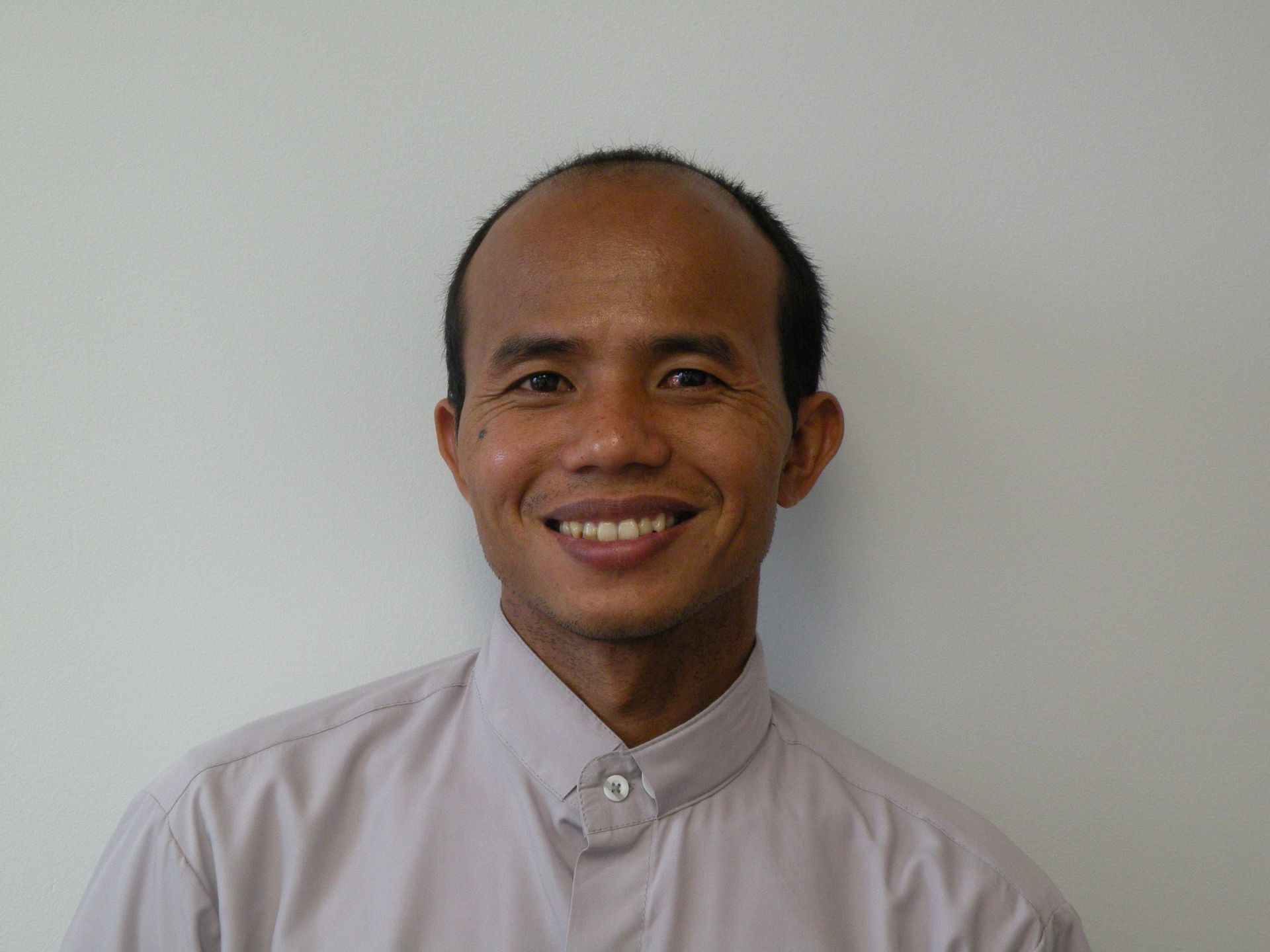About us

About our parish
History, Art & Architecture
From humble beginnings as a 35 by 65 foot log structure called St. Augustine's, this church evolved through the years to its present status as the impressive focal point of the Cathedral Square, bounded by Jefferson Boulevard and Calhoun Street, Lewis Street and Clinton Streets, in downtown Fort Wayne. It was not until the 1800's that pioneer settlers of the Catholic faith were able to think about building a church and having a resident pastor.
The Reverend Stephen Badin, who came to perform the first Catholic marriage in Fort Wayne, helped the local Catholics select the site that would become Cathedral Square. In 1831, for $100, they purchased a large portion of the present square from Samuel and Eliza Hanna. The first permanent pastor, the Reverend Louis Mueller, came in 1836, and the first Catholic church, St. Augustine's, was built on the property in 1837.
Priests
Fr. Jacob Runyon Fr. Peter Dee De
(260) 424-1485 X303 (260) 424-1485
jrunyon@cathedralfw.org pdeede@cathedralfw.org
Parish Office
Kim Martinez Dianne Horne April Ganser
Business Manager Parish Secretary Pastoral Associate/DRE
kmartinez@cathedralfw.org parishsecretary@cathedralfw.org aganser@cathedralfw.org
(260) 424-1485 X301 (260) 424-1485 X302 (260) 424-1485 X320
Michael Dulac Nancy O'Brien Dave Raatz
Director of Music/Liturgy Parish Nurse Facilities/Maintenance Director
mdulac@cathedralfw.org (260) 424-1485 X314 (260) 424-1485
(260) 424-1485







